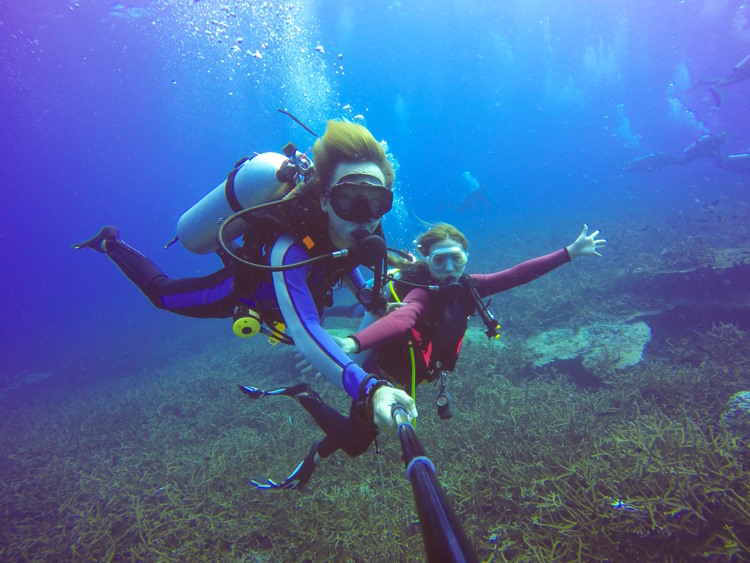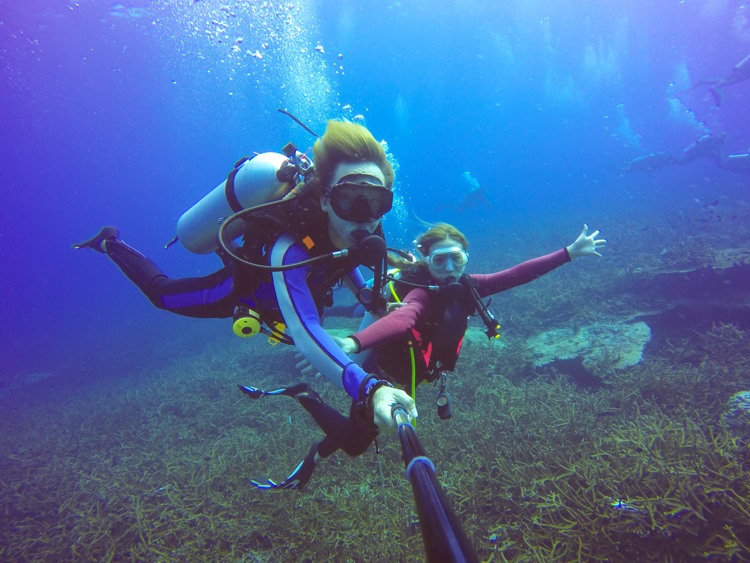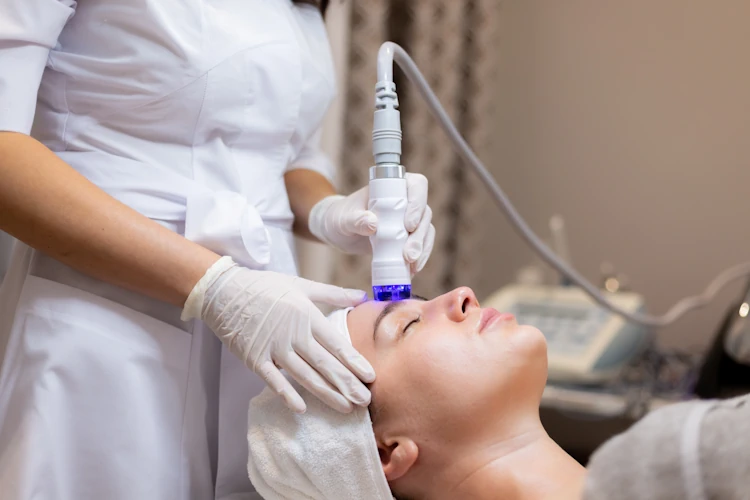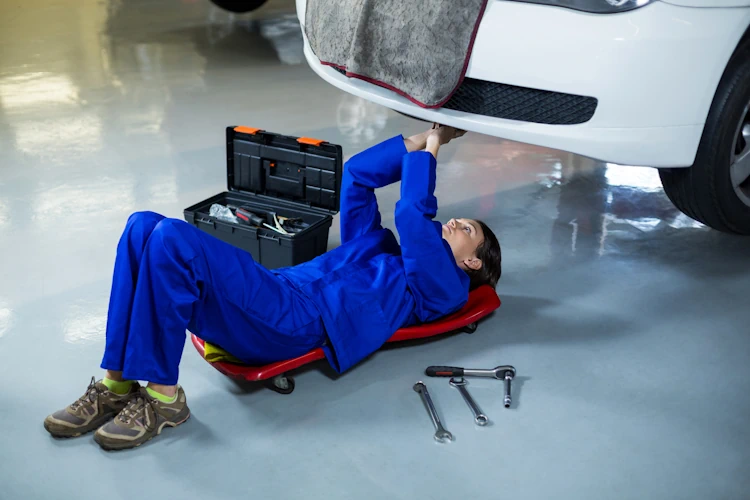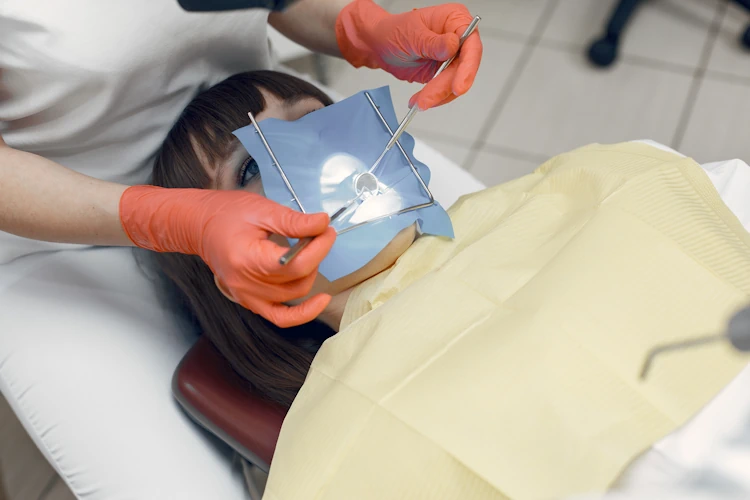Cycling demands endurance, stamina, and consistent energy levels, especially during long rides or intense training sessions. Energy gels have become a popular choice among cyclists for their convenience and effectiveness in providing a quick energy boost. Let’s explore the remarkable benefits of using energy gels that every cyclist should know.
Imagine powering through a challenging climb or sprinting towards the finish line with renewed energy and focus. Energy gels aren’t just supplements—they’re a game-changer for cyclists looking to optimize performance and maintain peak energy levels. Ready to discover why energy gels are a must-have for every rider?
1. Rapid Energy Boost
- The Truth: Energy gels deliver a concentrated source of carbohydrates and sometimes caffeine, providing a quick energy spike when you need it most.
- How It Works: The high carbohydrate content in energy gels is rapidly absorbed into your bloodstream, fueling your muscles and brain.
- Real-World Example: Heading into a sprint finish? Consuming an energy gel 15-30 minutes beforehand can give you the energy burst needed to push harder and maintain speed.
2. Convenient and Portable
- The Truth: Energy gels are lightweight, compact, and easy to carry, making them convenient for long rides and races.
- How It Works: Packaged in small, tear-open sachets, energy gels can be stored in jersey pockets or bike bags for quick access.
- Real-World Example: During a marathon ride, energy gels are a convenient way to refuel without stopping. Just tear open a sachet, consume the gel, and continue riding.
3. Optimized Electrolyte Balance
- The Truth: Many energy gels contain electrolytes like sodium and potassium, which help maintain fluid balance and prevent cramping.
- How It Works: Electrolytes are essential for muscle function and hydration, especially during prolonged exercise.
- Real-World Example: Cycling in hot weather can lead to dehydration and electrolyte loss. Energy gels with added electrolytes help replenish these vital minerals, supporting performance and recovery.
4. Avoids Digestive Distress
- The Truth: Energy gels are designed to be easily digestible, minimizing the risk of stomach discomfort during exercise.
- How It Works: Their liquid or semi-liquid form allows for quick absorption without taxing the digestive system.
- Real-World Example: Unlike solid foods, which can sit heavily in your stomach, energy gels provide a concentrated source of energy without causing bloating or cramps.
5. Sustained Endurance
- The Truth: Consuming energy gels during long rides helps maintain glycogen levels in muscles, delaying fatigue and improving endurance.
- How It Works: By providing a steady supply of carbohydrates, energy gels sustain energy levels over extended periods.
- Real-World Example: Cyclists on multi-hour rides benefit from consuming energy gels at regular intervals to avoid hitting the “wall” and maintain performance throughout the ride.
6. Tailored to Performance Needs
- The Truth: Energy gels come in various formulations, including different flavors, caffeine options, and carbohydrate compositions, catering to individual preferences and performance goals.
- How It Works: Choose from gels with or without caffeine, different carbohydrate blends (e.g., maltodextrin, fructose), and flavors that suit your taste.
- Real-World Example: Some cyclists prefer caffeinated energy gels for an extra mental boost, while others opt for non-caffeinated versions depending on their sensitivity to caffeine or specific training objectives.
7. Versatile Usage
- The Truth: Energy gels can be used before, during, or after exercise, depending on your energy needs and timing.
- How It Works: Pre-exercise gels provide a boost before starting, during-exercise gels sustain energy levels, and post-exercise gels aid in recovery.
- Real-World Example: Before a grueling hill climb, consuming an energy gel primes your muscles for the effort ahead. During a long ride, regular intake of energy gels maintains energy levels, while post-ride gels help replenish glycogen stores for faster recovery.
8. Scientifically Formulated
- The Truth: Leading sports nutrition brands formulate energy gels based on scientific research, ensuring optimal performance benefits.
- How It Works: Ingredients and ratios are carefully selected to provide the right balance of carbohydrates, electrolytes, and other nutrients.
- Real-World Example: Cyclists can trust that energy gels from reputable brands are backed by research and testing, delivering effective results without unnecessary additives.

9. Boosts Mental Focus
- The Truth: Energy gels containing caffeine can enhance mental alertness and focus during challenging rides or races.
- How It Works: Caffeine stimulates the central nervous system, reducing perceived effort and improving concentration.
- Real-World Example: In the final stages of a race, when fatigue sets in, a caffeinated energy gel can sharpen focus and maintain motivation, helping you push through to the finish line.
10. Supports Recovery
- The Truth: Some energy gels include ingredients like amino acids or antioxidants that aid in post-exercise recovery.
- How It Works: These additional nutrients support muscle repair, reduce inflammation, and replenish energy stores after intense exercise.
- Real-World Example: After a demanding ride, consuming a recovery-focused energy gel can kickstart the recovery process, helping you bounce back faster for your next ride.
Conclusion:
Energy gels are more than just a quick fix—they’re a powerful tool for enhancing performance, maintaining endurance, and supporting recovery for cyclists of all levels. Whether you’re training for a race, tackling a challenging route, or simply enjoying a long ride, energy gels provide the energy boost and nutrition your body needs. Ready to elevate your cycling performance? Incorporate energy gels into your ride strategy and experience the difference firsthand.

